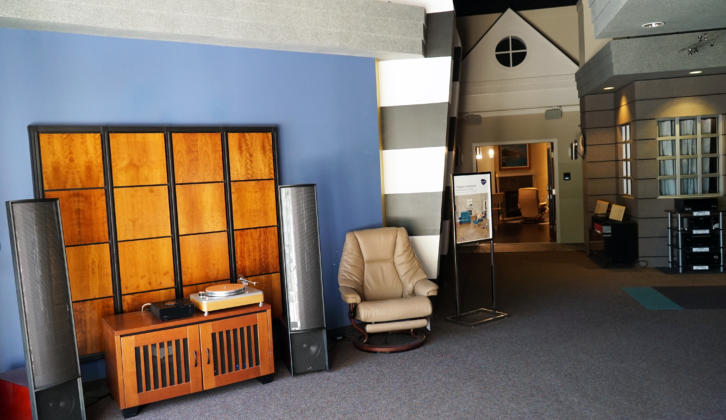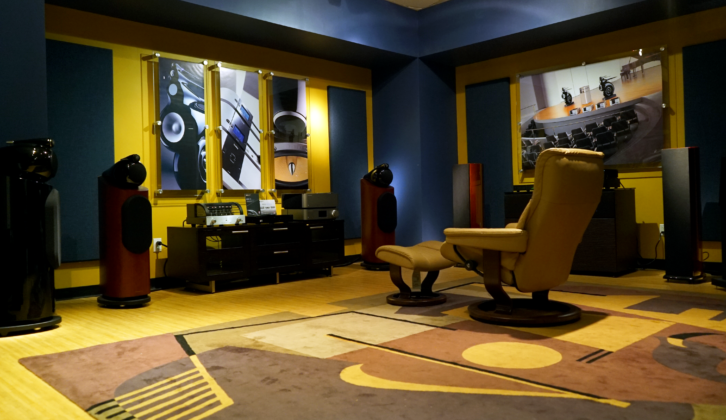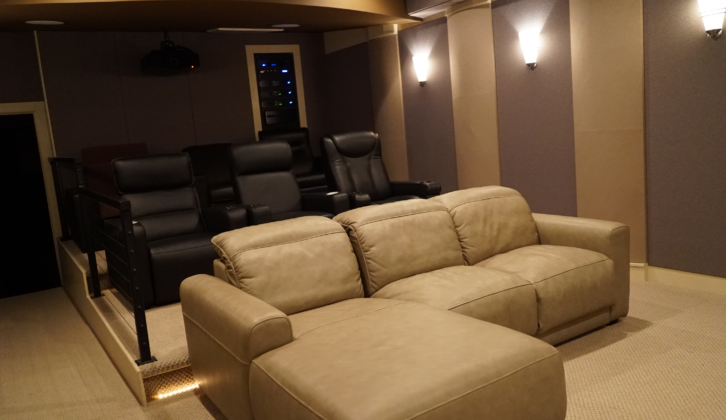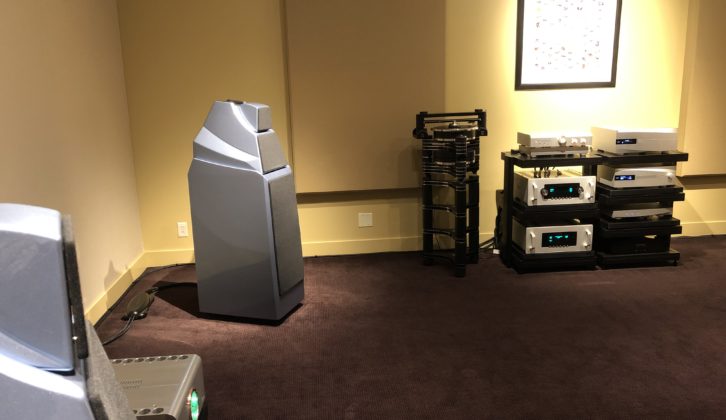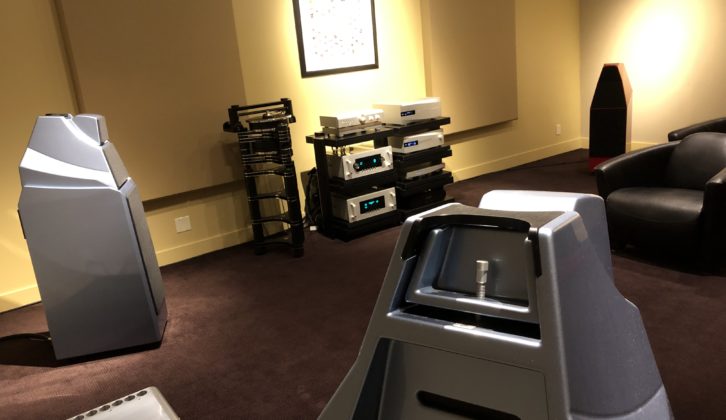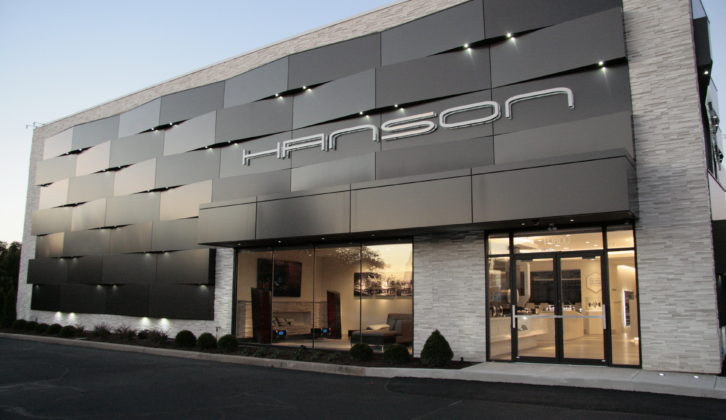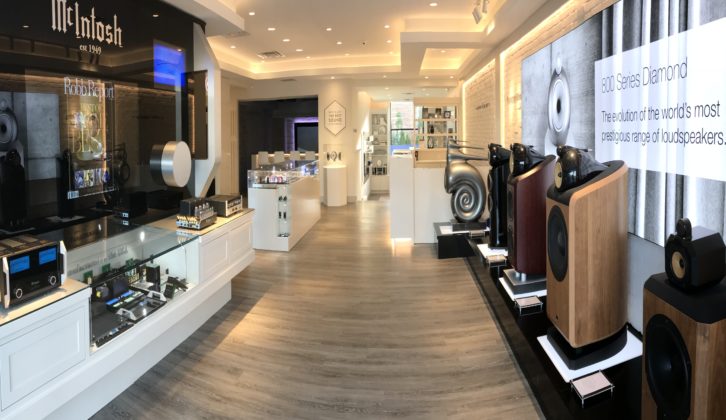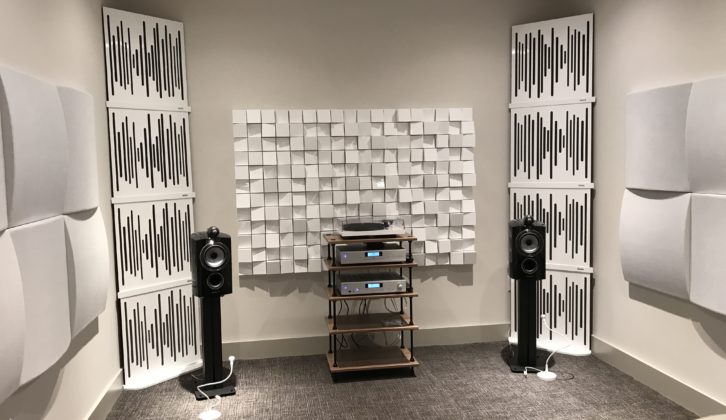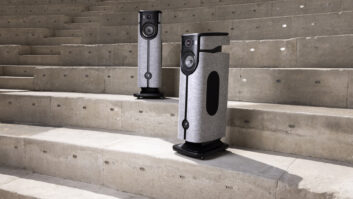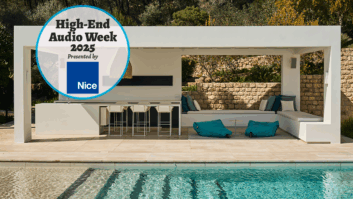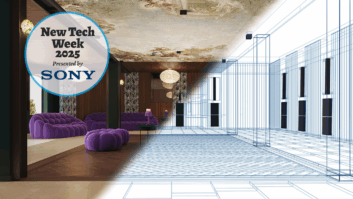If seeing is believing, hearing is positively exalting. And in selling high-end audio, the demo is king.
“The key to demos is simply doing them, believing in the product, and being passionate about it,” says Leon Shaw, founder/chairman, Audio Advice. “Our approach is to explain to the customer exactly what they’re going to hear, and then ask if they heard the qualities mentioned. If they hear it, they will want it.”
Audio Advice, which began as a retail business, still maintains two retail stores/showrooms. “So we’re not the typical CI dealer,” he says, “but we employ 25 installers, out of 60 employees, across both our markets, Raleigh and Charlotte, NC. Our showrooms are 15,000 and 7500-square feet, respectively.”
“Our showrooms are destination locations where people come in for a specific reason,” Shaw says. “We stress to all on our sales team that they must do some sort of demonstration — be it the latest Dolby Atmos home theater or a great 2-channel system. Customers are often looking to add or upgrade a home theater, including a lot of repeat customers who get the bug and keep upgrading their systems. We’re also starting to sell to the children of our earlier customers.”
Turntables are huge, he adds, and when a customer comes in looking for one, that usually results in upgrading the whole system, contributing to the resurgence in high-end audio. “There is a youth factor associated with turntables,” he says, “but many older customers are getting back into them for their album collections. The turntable market seems to jump from younger customers to older ones who grew up with records.”
Showrooms make offering demos easier, and even if the demo isn’t for the brand the customer is interested in, they get excited about the quality of what they hear, Shaw says. “Customers just need to be exposed to what’s available; many don’t realize how good sound or picture can be. Once they experience that, you don’t have to do more demos to choose the right products for them. The big key is in creating the desire, and that’s usually done best through a great demo”.
If you’re not offering demos, be passionate about the product when talking about it, Shaw advises. “You always have a better shot of selling when you believe in something; if you don’t believe a pair of speakers is worth $10,000, you’ll have a hard time.”
In the Pacific Northwest, Definitive Audio is noting the range of its high-end audio customers expanding. “It used to be comprised of those who could afford the best systems and others who were fanatics about sound; the audiophiles,” says Hans Brackmann, showroom manager of Definitive Audio’s Seattle showroom. The company also has a main showroom in Bellevue, WA, a custom sales division, and another retail showroom at Advanced Audio.
“The affluent and audiophile customers are still there, but now we’re seeing a lot of customers who are really music lovers of both genders buying high-end audio,” he adds. “We have clients of all sorts; the traditional older males, women, and younger people. I’m currently upgrading bedroom sound for a woman who is so happy with the high-end living room system we did for her. Another younger client is adding his first turntable to his system. Unlike many other clients, he didn’t grow up having a turntable.”
Brackmann is seeing a significant number of customers he calls “aspirationals” — those who spend a good part of their discretionary income on high-end systems. “At the top of the high-end market, there are some systems that cost more than half a million for a single room, a big investment even with a high income,” he notes. “We hold publicized events such as a yearly Music Matters event where we turn our showroom into a virtual audio trade show that features manufacturer reps introducing new products to the market.”
Presenting to the client should include finding the relevance to them, Brackmann says. “We certainly play some of the expected demos to show off our gear, but we also include music that’s important to the client, music that can provoke an emotional connection and show why owning this equipment can enhance their lives. Whether through a demo or sitting and interacting with them, we want to see what moves their needle.”
Even without high-quality pristine recording, you’ll find something that touches them, he adds. “We tailor the experience to the client through the demo, from vinyl, streaming, or even from our own music collection. One client, an architect we work with, had no idea about high-quality audio. He likes The Beatles, so we played a song for him and he became quite emotional about it, literarily bringing him to tears. There’s always an element that’s meaningful to the client.”
Trained To Sell
At Hanson Audio Video, with showrooms in Dayton and Cincinnati, OH, select team members from the 26 employees are dedicated to servicing high-end audio customers. The company was founded 20 years ago by Troy Hanson. He and Greg Hanson, his father, are partners in design.
“We start by hiring associates who love music, can absorb technical understanding of the various equipment involved, and have a good ear for listening,” Greg Hanson says. “We then train them to be experts in high-performance audio through our own in-house techniques and in-depth vendor product training.”
Having high-quality dedicated listening rooms for these auditions is extremely important in narrowing down and making the final system selection, he notes. “Our in-house training involves gathering information from the client. What music genres do they listen to? Where and how do they listen; do they want a whole-house system, or do they prefer to listen in a special room or space? Do they stream their music, play vinyl, or listen to CDs? What size is the room and what are the acoustics?”
Lastly, he adds, they ask what existing electronics will be part of the solution. “After collecting key requirements, we can then recommend electronics, speakers, cables and accessory options that they can audition and compare with a result that meets and hopefully exceeds their expectations.”
Hanson Audio Video technical training is a combination of sharing in-house experience and in-depth training from vendors. “Our team members spend time doing factory tours and meeting with engineers and key vendor specialists to gain the knowledge required to properly represent their products,” he says. “For example, one of our team members just returned from a week of dCS training in England. With products that can sell for over a $100,000 for a single piece of electronics, our associates need to demonstrate and explain why someone would buy dCS versus other products that sell for a fraction of the cost. The result is that we sell several of these high-priced units each year by having the necessary expertise to do so. The high-end education process is repeated with the majority of our vendors allowing us to help our customers buy the right products.”
Because they are in a fiscally conservative Midwest area, many new customers start small but “catch the bug,” constantly upgrading as budgets allow, Hanson says. “We have several quality/price levels of products available along with trade-up programs to make this an easy process,” he says. “The ability to audition products in our showroom and compare them along with our professional expertise and guidance are critical in trading up and enhancing their systems. We have seen clients who start out with a few thousand dollars in an initial system and, five years later, have an audio system worth $500,000 or more.”
The traditional audiophile client represents a good but shrinking market segment, he adds. “Over the past few years, we have made an effort to introduce new customers to high-performance audio through various efforts and events in our showrooms,” he says. “It’s amazing how many people have never listened to high-performance music because they grew up in the iTunes world and with other low-end audio experiences.”
When introduced properly, they are blown away when they hear high-quality music and just have to have it. “If someone is passionate about music, they will make the investments just like with other passions such as cars, watches, clothes, and vacations,” Hanson notes. “We’ve been successful in introducing Millennials and other new customers to high-performance audio with systems they would not have thought possible. A recent customer in his early 20s spent $60,000 on a system to feed his passion for music that was much more satisfying than a new car that had been under consideration.”
Install It
“There’s a real art to installing a system,” Definitive Audio’s Brackmann says. “We not only design systems that go well in the customer’s space; we come in and tune it for optimal sound in that space.”
Part of that art is overcoming inherent install challenges such as where to put speakers. “There are new technologies that give us more flexibility in speaker placement.” Audio Advice’s Shaw notes. “Room EQ options have allowed us to place speakers in what might have been a compromised position years ago; one that can now sound great due to room EQ helping to reduce the acoustic dips and peaks created by that placement. Among the solutions are those from Anthem Room Correction, Dirac Live Room Correction, and Audyssey. These can make a big difference in performance, especially in home theater. No one ever told me the sound was too good or the screen was too big.
